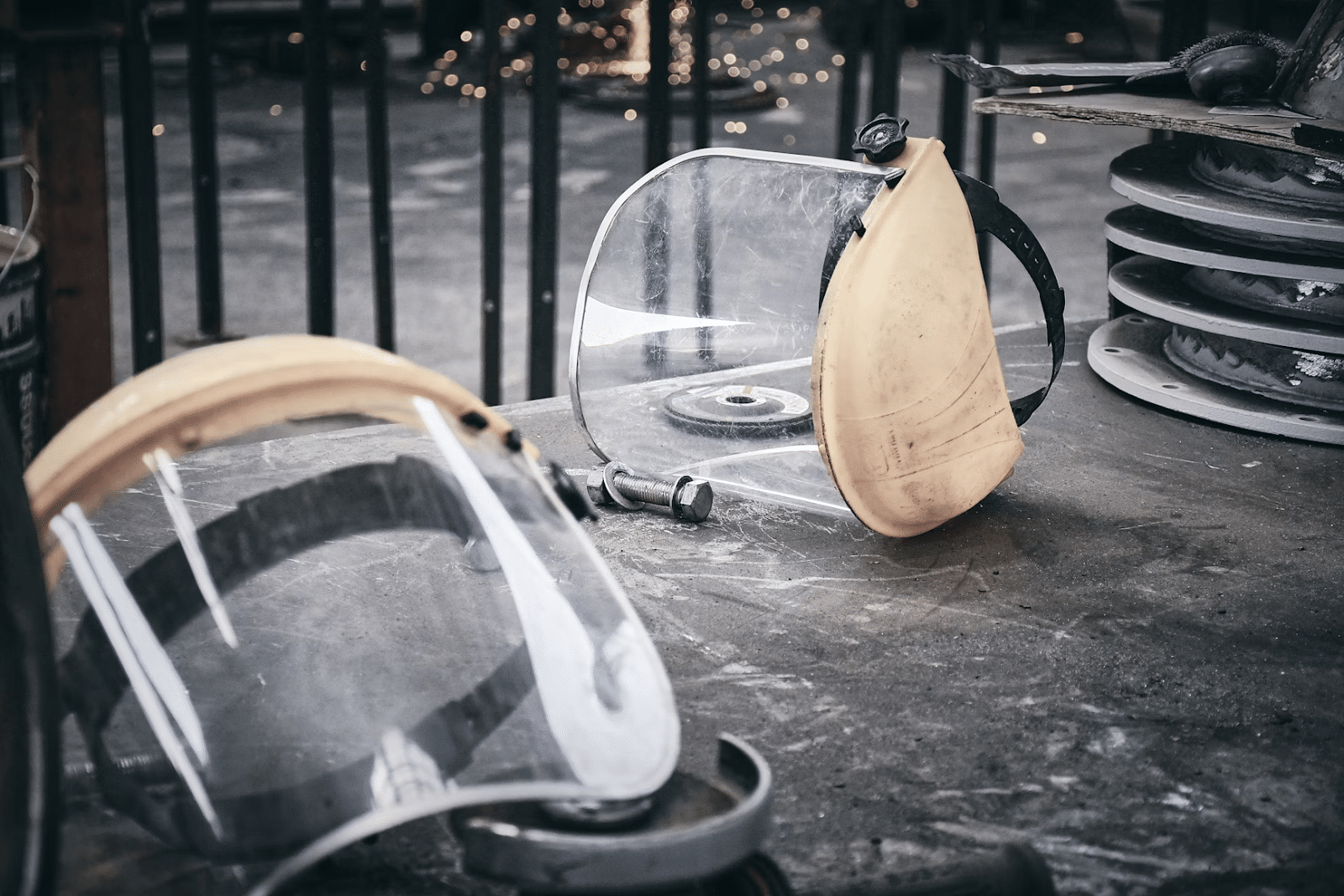Energy-Efficient House Windows: How They Can Slash Your Utility Bills


In today’s world, where energy conservation and cost-cutting are top priorities for homeowners, energy-efficient house windows have emerged as a game-changer. These innovative windows not only enhance the aesthetic appeal of your home but also play a crucial role in reducing energy consumption and lowering utility bills. Let’s dive into the world of energy-efficient windows and discover how they can make a significant impact on your home’s energy performance.
Understanding Energy-Efficient Windows
Energy-efficient windows are designed to minimize heat transfer between the interior and exterior of your home. They achieve this through a combination of advanced technologies and materials, including:
- Low-E coatings: Microscopic layers that reflect heat while allowing light to pass through
- Multiple panes: Double or triple-paned glass with insulating gas between layers
- Warm edge spacers: Non-metallic spacers that reduce heat transfer at the edge of the window
- Insulated frames: Frames made from materials with high insulating properties
These features work together to create a barrier against heat loss in winter and heat gain in summer, resulting in a more comfortable living environment and reduced energy consumption.
The Science Behind Low-E Coatings
Low-E (low-emissivity) coatings are a key component of energy-efficient windows. These microscopically thin, virtually invisible metal or metallic oxide layers are deposited on the glass surface. They work by reflecting infrared light, which we feel as heat. In winter, Low-E coatings reflect heat back into the room, while in summer, they reflect the sun’s heat away from the house. This dual action helps maintain a consistent indoor temperature year-round.
The Impact on Your Utility Bills
Investing in energy-efficient house windows can lead to substantial savings on your utility bills. Here’s a breakdown of potential savings:
Window Type Annual Energy Savings*
- Double-pane $250 – $465
- Triple-pane $300 – $555
*Savings may vary based on climate, home size, and energy costs.
According to the U.S. Department of Energy, switching to energy-efficient windows can save homeowners an average of 12% on their annual energy bills. In colder climates, the savings can be even more significant, with some homeowners reporting up to 33% reduction in heating costs.
Case Study: Real-World Savings
A study conducted by the National Association of Home Builders Research Center found that homeowners in Washington, D.C. who replaced their single-pane windows with Energy
Star-certified windows saved an average of $371 per year on their energy bills. This demonstrates the real-world impact that energy-efficient windows can have on household expenses.
Key Benefits of Energy-Efficient Windows
- Reduced energy consumption: By minimizing heat transfer, these windows reduce the workload on your HVAC system.
- Lower utility bills: Less energy consumption translates to lower monthly energy costs.
- Improved comfort: Energy-efficient windows help maintain a consistent indoor temperature, eliminating cold spots and drafts.
- UV protection: Low-E coatings block harmful UV rays, protecting your furniture and flooring from fading.
- Noise reduction: Multiple panes and special glazing can significantly reduce outside noise.
- Increased home value: Energy-efficient upgrades can boost your home’s resale value.
- Environmental impact: Reduced energy consumption means a smaller carbon footprint for your home.
The Comfort Factor
One often overlooked benefit of energy-efficient windows is the significant improvement in home comfort. Traditional windows can create cold spots near windows in winter and allow heat to penetrate in summer, leading to uneven temperatures throughout the home. Energy-efficient windows help maintain a more consistent temperature, eliminating these uncomfortable zones and creating a more pleasant living environment overall.
Choosing the Right Energy-Efficient Windows
When selecting energy-efficient windows for your home, consider the following factors:
Climate Considerations
Different climates require different window features:
- Cold climates: Focus on windows with a low U-factor to minimize heat loss.
- Hot climates: Look for windows with a low Solar Heat Gain Coefficient (SHGC) to block heat from the sun.
- Mixed climates: Seek a balance between U-factor and SHGC for year-round performance.
Energy Star Certification
Look for windows with the Energy Star label. These products meet strict energy efficiency guidelines set by the U.S. Environmental Protection Agency and the U.S. Department of Energy.
Frame Materials
Choose frame materials that offer both durability and energy efficiency:
- Vinyl: Excellent insulator, low maintenance
- Fiberglass: Strong, durable, and energy-efficient
- Wood: Natural insulator, but requires more maintenance
- Aluminum: Durable but less energy-efficient unless thermally broken
Understanding Window Ratings
When shopping for energy-efficient windows, you’ll encounter various ratings. Here’s what they mean:
- U-factor: Measures how well the window insulates. Lower numbers indicate better insulation.
- Solar Heat Gain Coefficient (SHGC): Indicates how much solar radiation passes through the window. Lower numbers mean less heat gain.
- Visible Transmittance (VT): Measures how much light passes through the window. Higher numbers mean more natural light.
- Air Leakage (AL): Indicates the amount of air that can enter through the window. Lower numbers are better.
Maximizing the Benefits of Energy-Efficient Windows
To get the most out of your energy-efficient windows:
- Ensure proper installation: Professional installation is crucial for optimal performance.
- Use window treatments: Combine your windows with energy-efficient blinds or curtains for added insulation.
- Regular maintenance: Keep your windows clean and well-maintained to ensure long-lasting performance.
- Consider orientation: Take advantage of natural light and heat by strategically placing windows.
The Importance of Professional Installation
Even the most energy-efficient windows won’t perform to their full potential if not installed correctly. Professional installation ensures that windows are properly sealed and insulated, preventing air leaks and maintaining the window’s energy-efficient properties. It’s an investment that pays off in the long run through improved performance and longevity of your windows.
The Long-Term Investment
While energy-efficient windows may have a higher upfront cost compared to standard windows, they offer significant long-term benefits:
- Energy savings: Reducing energy bills can help recoup the initial investment over time.
- Increased comfort: Improved indoor comfort leads to a better quality of life.
- Durability: High-quality energy-efficient windows often last longer than standard windows.
- Environmental impact: Reduced energy consumption contributes to a more sustainable future.
Calculating Return on Investment
To understand the true value of energy-efficient windows, consider the return on investment (ROI). While the exact ROI will vary depending on factors like climate, energy costs, and the specific windows chosen, many homeowners find that energy-efficient windows pay for themselves within 5-10 years through energy savings. After this point, the ongoing savings contribute directly to reduced household expenses.
Future Trends in Window Technology
As technology continues to advance, we can expect even more innovative solutions in the world of energy-efficient windows. Some exciting developments on the horizon include:
- Dynamic glass: Windows that can change their tint in response to sunlight and temperature.
- Integrated solar cells: Windows that not only insulate but also generate electricity.
- Vacuum-insulated glass: Ultra-thin windows with extremely high insulating properties.
- Self-cleaning glass: Coatings that use sunlight to break down dirt, reducing maintenance needs.
Conclusion
Energy-efficient house windows are more than just a trend; they’re a smart investment in your home’s future. By significantly reducing your energy consumption and utility bills, these windows offer a win-win solution for both your wallet and the environment. As technology continues to advance, we can expect even more innovative and efficient window solutions in the future.
When considering a window upgrade, remember that the initial cost is outweighed by the long-term benefits of energy savings, improved comfort, and increased home value. By choosing energy-efficient windows, you’re not just improving your home; you’re investing in a more sustainable and cost-effective future. With the potential for substantial energy savings, increased comfort, and a reduced carbon footprint, energy-efficient windows prove to be a wise choice for any homeowner looking to enhance their living space while being mindful of both their budget and the environment.









